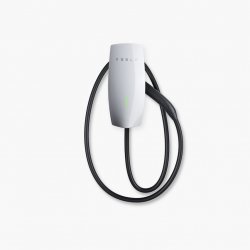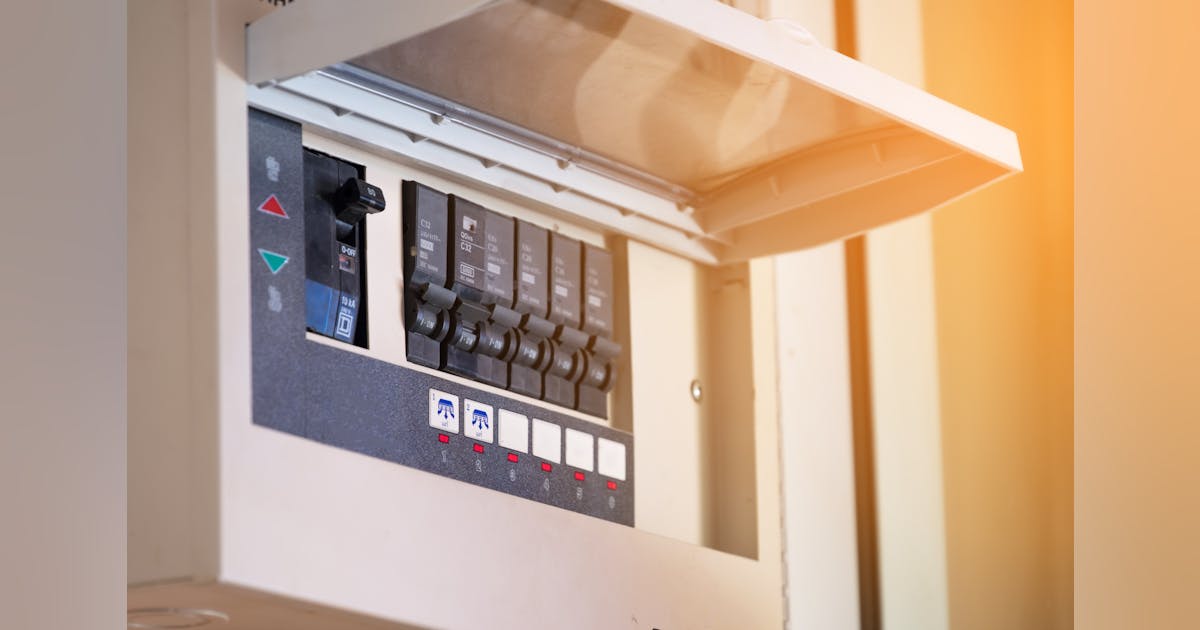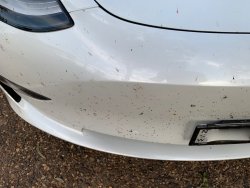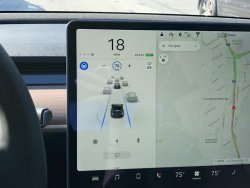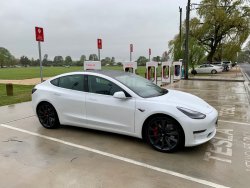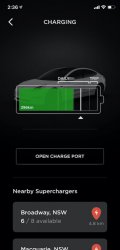get me outta here
Senior Member
- Joined
- Nov 18, 2011
- Posts
- 8,244
- Qantas
- LT Silver
Almost 500k on a battery would suit me. And stopping for coffee every 300k would also. Maybe not EV territory around the outback though as yet. I once saw an EV plugged in through the window around the back of the Oslo Opera House.
There are still a lot of people poo pooing the idea of an EV. I guess the various petroleum industry associations are not giving much encouragement and have the government’s ear. Aust is lagging.
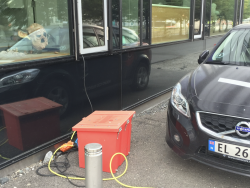
There are still a lot of people poo pooing the idea of an EV. I guess the various petroleum industry associations are not giving much encouragement and have the government’s ear. Aust is lagging.

Informative posts about the chargers and all that. Seems rather disappointing at the fragmentation between Tesla and the NRMA charging stations. I can't see electric cars becoming really main stream until there is just one type of charging system.
Having just done a road trip in a petrol car through outback WA, there is a long way to go. After a certain point the only fuel you can get it diesel or 91 RON petrol. No 95 or 98. Electric charging....good luck (although there is plenty of sun).
I think the other thing that would drive me a bit nuts is needing to spend an hour or so waiting while the car is topped up.







